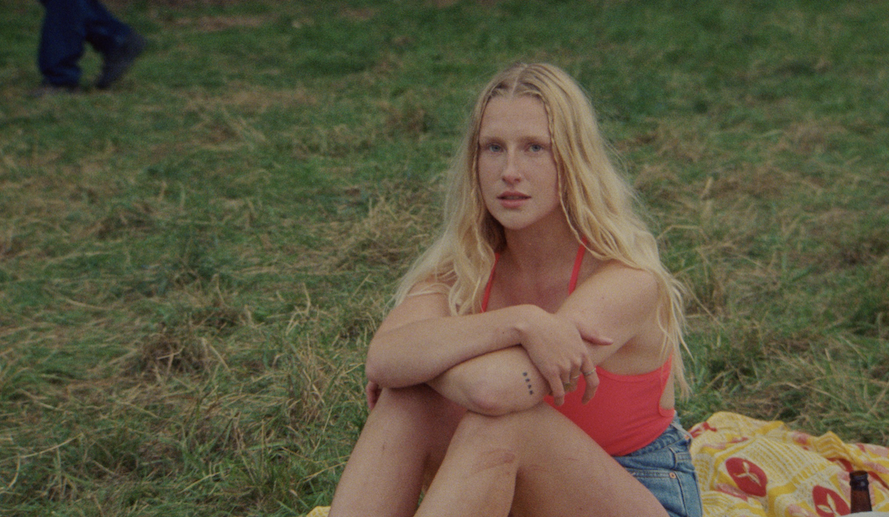Billie Marten recently spoke openly about the financial hardship facing most musicians today. In a candid interview, she said, “mostly, artists are in financial ruin no matter how successful they appear to be.” She also quipped, “we’re all paying Taylor Swift,” referencing an industry that rewards global stars while leaving independent creators behind. You can read her full comments in this interview with The Independent.
Her words strike a nerve because they echo a truth many in the music world already know: it has never been easier to release music, but it has never been harder to survive from it. Platforms like Spotify and Apple Music offer global reach, but streaming economics remain broken for most artists. A single stream pays as little as $0.003, and once you factor in splits with managers, producers, distributors, and labels, artists are left with cents at best.
Even artists with millions of plays are barely scraping by. While fans might assume streaming success equals income, that illusion has already been publicly challenged by major acts including Taylor Swift, who has previously voiced concerns over the streaming economy. In 2025, those concerns are more urgent than ever.
A Two-Level Industry with Little Room to Grow
Marten’s statement about “paying Taylor Swift” is not a dig at Swift herself. It is a pointed critique of how the industry is structured. A handful of artists dominate festival headliners, playlists, sync deals, and press coverage. Their dominance means smaller acts are pushed to the margins, regardless of talent.
According to Spotify’s 2024 Loud & Clear report, only around 4.4 percent of Spotify’s professional or emerging artists earned over $131,000 annually. Only 0.6 percent made over $1 million. And while 71,000 artists worldwide earned at least $10,000 through Spotify, the vast majority earned less, often significantly less.
Outside of streaming, musicians rely on touring. Yet touring is no safe haven either. A study from The Times suggested that around 72 percent of musicians make no profit from performing live. High travel costs, venue cuts, crew fees, and promotion expenses leave many artists losing money on the road, particularly those without label support.
Why the Streaming Model Is Flawed
The core issue lies in how streaming platforms distribute revenue. Spotify pays about 70 percent of its income to rights holders. But those rights holders are usually labels, publishers, and distributors, not the artists themselves. What filters down often depends on individual contract terms, which vary wildly.
Worse, Spotify uses a “pro-rata” model, which means your subscription fee is not distributed evenly across the artists you listen to. Instead, it goes into a global pot that gets split according to total plays. That means if you stream an unknown folk artist 50 times in a week and someone else streams a Drake song once, your money still supports Drake more than the artist you actually love.
On top of that, fake streams are flooding the system. A recent report from Trolley estimates that between 10 and 30 percent of streams are now fraudulent, generated by bots and click farms. This pushes legitimate artists even further down the algorithm.
Musicians Want Reform
Billie Marten’s comments are part of a broader wave of frustration. Artists like Nadine Shah, James Blake, and Tom Gray have all spoken out in recent years. Campaigns like the Broken Record movement have pushed for parliamentary reform, calling for more transparency in royalty distribution and contracts.
Some artists are turning to alternative platforms like Bandcamp, which gives them a much fairer cut. Others are using Patreon or Ko-fi to connect directly with their audience. But these platforms require a different skill set, combining content creation with community management, and that model is not sustainable or accessible for every artist.
The question remains: why is it so hard to earn a living from music when it plays such an essential role in so many people’s lives?
Fans, Media, and Platforms Must Do Better
The answer lies not just with artists but with fans, platforms, and policymakers. Fans can make a huge difference by buying music directly, attending live shows, and supporting artists on platforms that pay them fairly. Media outlets can spotlight more emerging voices instead of cycling through the same names. Streaming services can trial user-centric payment models that ensure your money goes directly to the artists you actually listen to.
Live venues can also help. Fairer fee structures, fewer ticket surcharges, and more artist-friendly merch policies would go a long way. The idea that artists must become TikTok influencers, handle all their own marketing, and tour nonstop just to break even is exhausting. Creativity should not come with a survival tax.
The Risk of a Silent Collapse
If this trend continues, we risk losing entire generations of musicians. The next Joni Mitchell or Nina Simone might never be discovered, not because they lacked talent but because they could not afford to keep going. They will walk away and take their genius to another profession that offers a livable wage.
Billie Marten deserves credit for saying what so many feel but are afraid to voice. Her new album, Dog Eared, explores themes of fragility, doubt, and burnout with clarity and tenderness. It is a record that does not shy away from hard truths, much like her interviews. She is offering more than just commentary. She is offering proof that authenticity still exists in music, even if it pays next to nothing.
If music is meant to reflect culture, we have to ask ourselves: what does it say about us if the people creating it are constantly on the brink of collapse?
